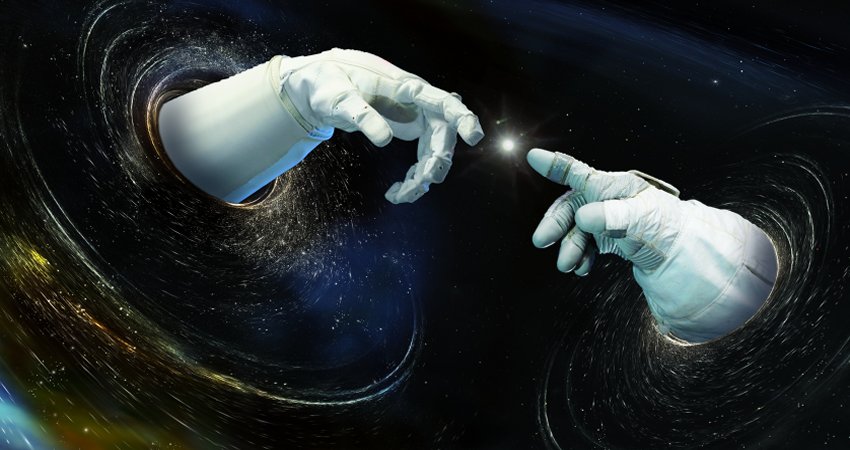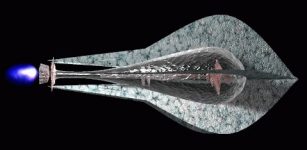Life On Earth Could Have Come From Alien Worlds – Study Reveals
Cynthia McKanzie – MessageToEagle.com – One of the biggest mysteries in science is the emergence of life on our planet. What was the source of life on Earth? Should we seek answers to this interesting question in outer space?
According to scientists, it is possible life on Earth came from alien worlds. The controversial panspermia theory is gaining more popularity as recent studies speak in its favor.

Credit: Public Domain
The panspermia theory is based on the hypothesis that life exists throughout the Universe, distributed by space dust, meteoroids, asteroids, comets, planetoids, and also by spacecraft carrying unintended contamination by microorganisms.
To make a long story short, we can simply say the panspermia theory supports the possibility that microbes may migrate between planets and distribute life in the universe.
Could such alien microbes have reached our planet and seeded life here? That’s impossible to say at this moment, but a new study gives some clues about what may have been possible.
Alien Microbes Can Survive Space Travel
“The origin of life on Earth is the biggest mystery of human beings. Scientists can have totally different points of view on the matter.
Some think that life is very rare and happened only once in the Universe, while others think that life can happen on every suitable planet.
If panspermia is possible, life must exist much more often than we previously thought,” says Dr. Akihiko Yamagishi, a Professor at Tokyo University of Pharmacy and Life Sciences and principal investigator of the space mission Tanpopo.
In 2018, Dr. Yamagishi and his team tested the presence of microbes in the atmosphere.
Using an aircraft and scientific balloons, the researchers, found Deinococcal bacteria floating 12 km above the earth. But while Deinococcus are known to form large colonies (easily larger than one millimeter) and be resistant to environmental hazards like UV radiation, could they resist long enough in space to support the possibility of panspermia?
To answer this question, Dr. Yamagishi and the Tanpopo team, tested the survival of the radioresistant bacteria Deinococcus in space.
The study, now published in Frontiers in Microbiology, shows that thick aggregates can provide sufficient protection for the survival of bacteria during several years in the harsh space environment.
Dr. Yamagishi and his team came to this conclusion by placing dried Deinococcus aggregates in exposure panels outside of the International Space Station (ISS).
The samples of different thicknesses were exposed to space environment for one, two, or three years and then tested for their survival.
After three years, the researchers found that all aggregates superior to 0.5 mm partially survived to space conditions. Observations suggest that while the bacteria at the surface of the aggregate died, it created a protective layer for the bacteria beneath ensuring the survival of the colony.
Using the survival data at one, two, and three years of exposure, the researchers estimated that a pellet thicker than 0.5 mm would have survived between 15 and 45 years on the ISS.

Credit: Public Domain
The design of the experiment allowed the researcher to extrapolate and predict that a colony of 1 mm of diameter could potentially survive up to 8 years in outer space conditions.
“The results suggest that radioresistant Deinococcus could survive during the travel from Earth to Mars and vice versa, which is several months or years in the shortest orbit,” says Dr. Yamagishi.
This work provides, to date, the best estimate of bacterial survival in space.
While previous experiments prove that bacteria could survive in space for a long period when benefitting from the shielding of rock (i.e. lithopanspermia), this is the first long-term space study raising the possibility that bacteria could survive in space in the form of aggregates, raising the new concept of “massapanspermia”.
Yet, while we are one step closer to prove panspermia possible, the microbe transfer also depends on other processes such as ejection and landing, during which the survival of bacteria still needs to be assessed.
This study does not offer evidence life on Eart came from alien worlds, but it show it may have been possible.
Written by Cynthia McKanzie. – MessageToEagle.com Staff










